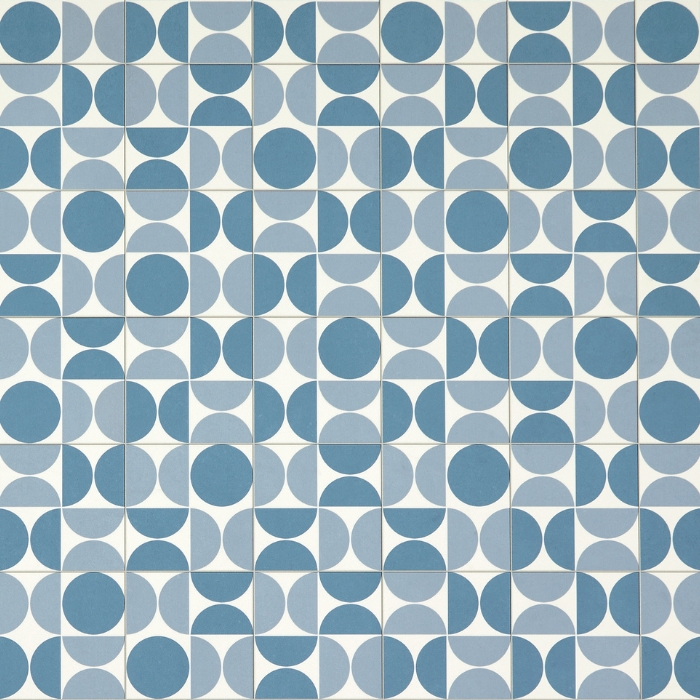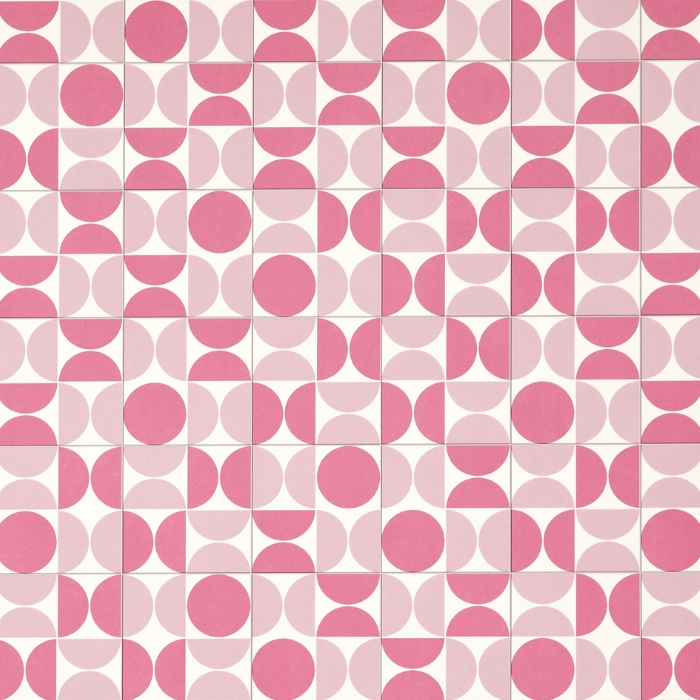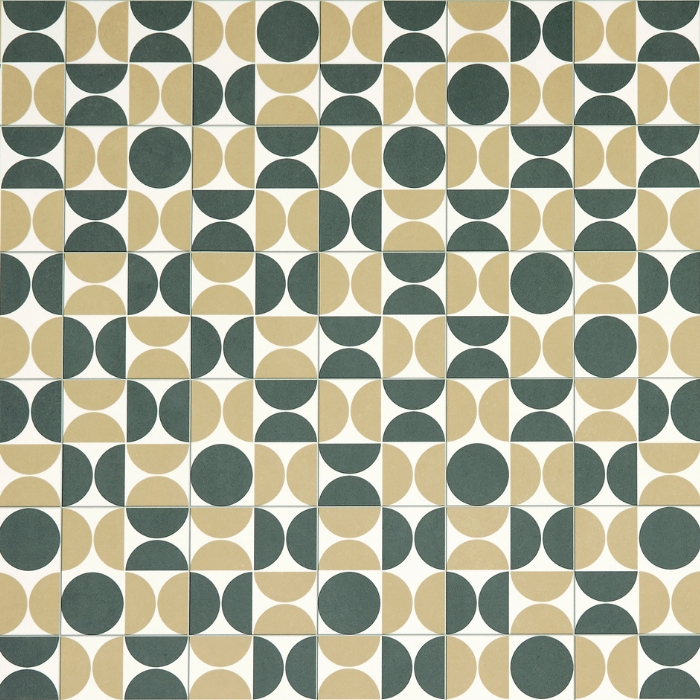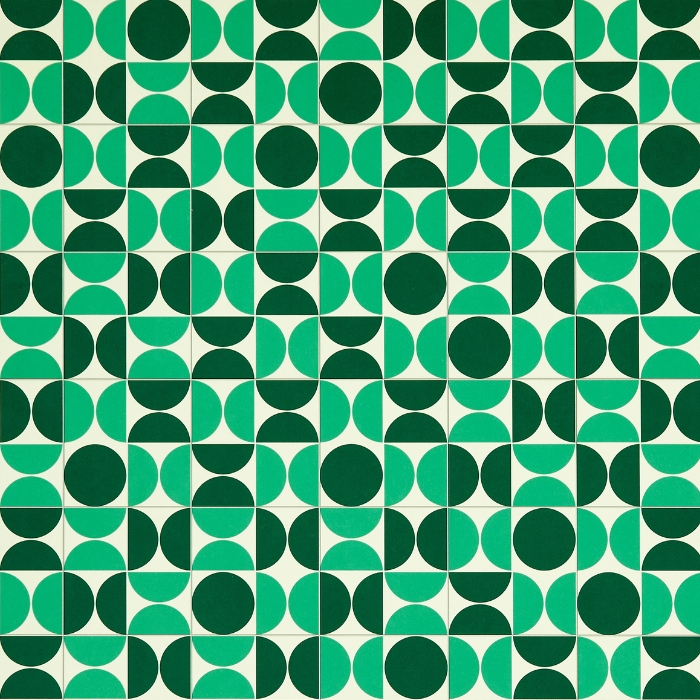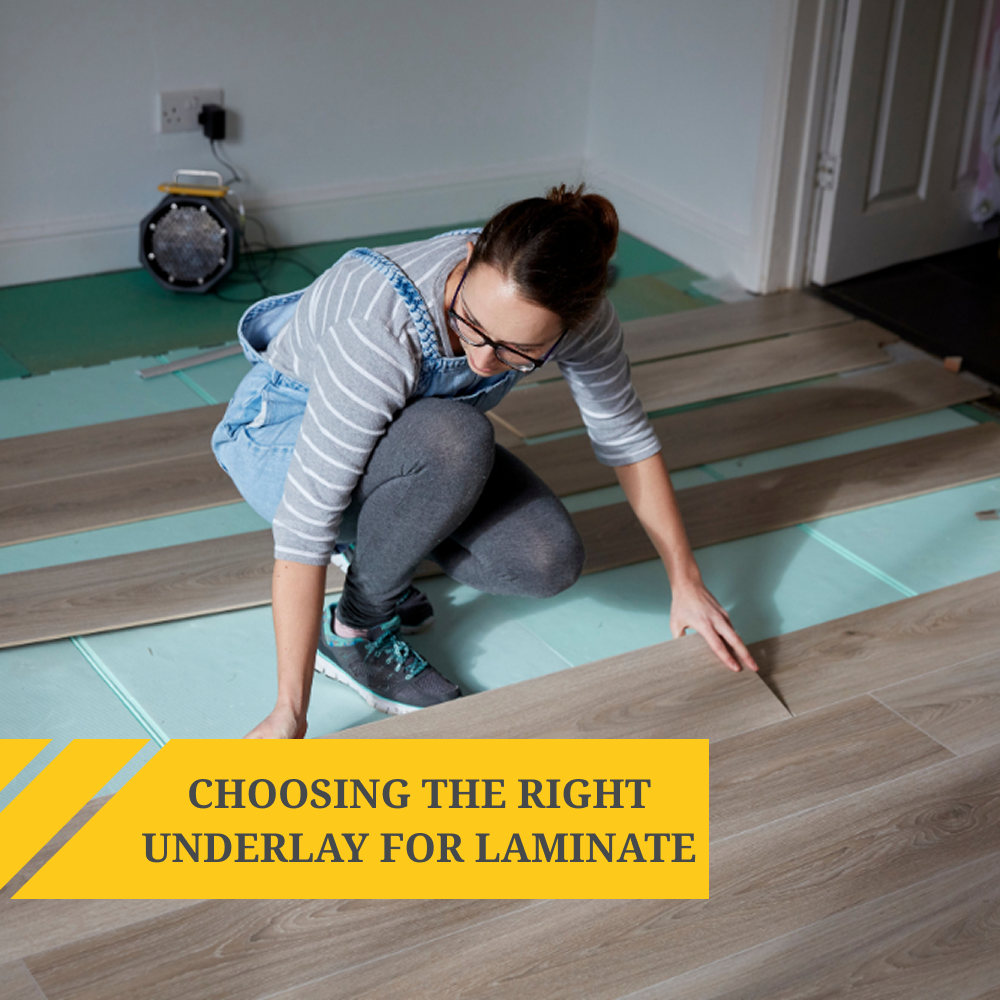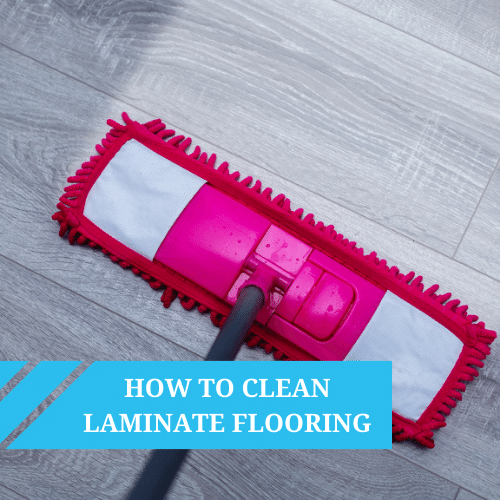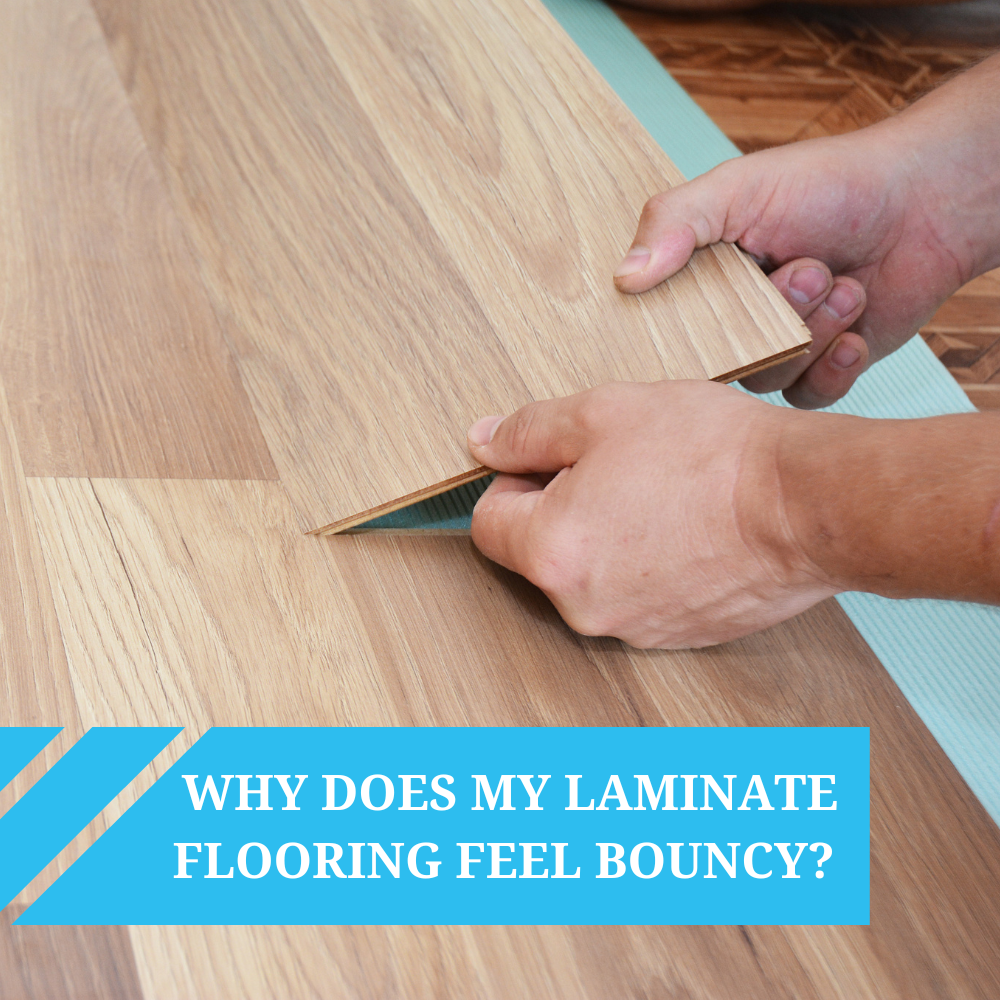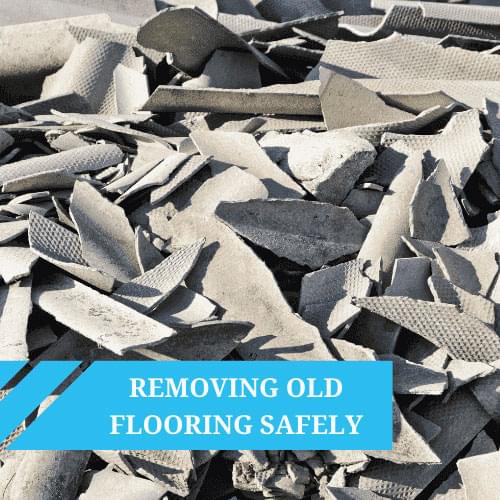Felt Backed Vinyl vs Foam-Backed Vinyl Flooring: What’s the Difference and Why It Matters
Introduction
Picking the right flooring for your home isn’t just about finding something that looks good, it’s about how it feels, how long it lasts, and whether it can stand up to the everyday chaos of life (pets, kids, muddy boots, you name it).
If you're knee-deep in flooring research, chances are you’ve stumbled across two common types of vinyl sheet flooring: felt backed vinyl and foam backed vinyl. At first glance, they sound like two sides of the same (vinyl) coin - but the difference between them can have a big impact on how your floor performs, how easy it is to fit, and how it wears over time.
In this guide, we’re breaking down the pros and cons of each to help you make the best decision for your space. Whether you're renovating a bathroom, refreshing the hallway, or going full statement in your kitchen, we've got you covered.
B4F Exclusive: And if you’re on the hunt for a flooring option that’s just as stylish as it is practical, keep your eyes peeled for our exclusive Era Victorian Range: it's vintage, it’s durable, and it's got personality in spades.
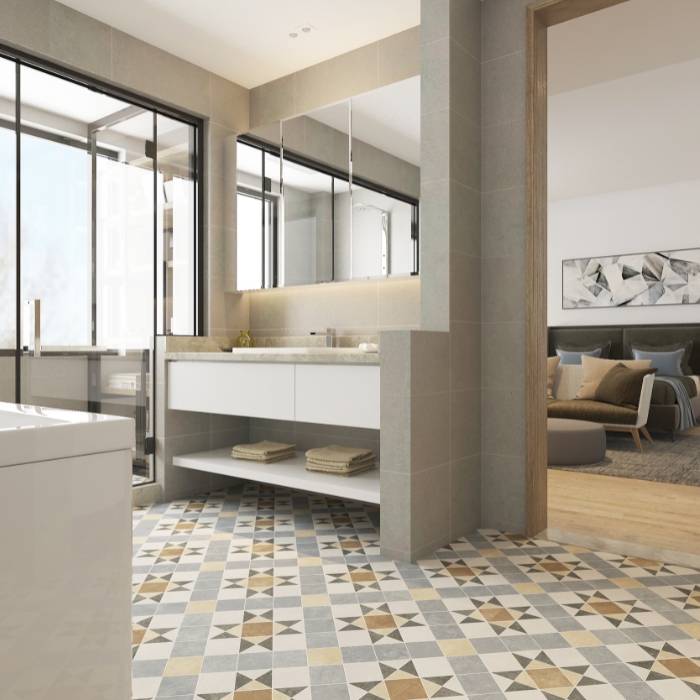

What Is Felt Backed Vinyl Flooring?
When people talk about vinyl flooring, what they’re really referring to is a whole system of layers - and the bottom layer, known as the backing, plays a huge role in how the floor feels, functions, and fits.
Felt-backed vinyl flooring is designed with a thick felt layer underneath the decorative vinyl surface. Don’t let the soft feel fool you - this backing works hard behind the scenes. It adds plush cushioning, helps smooth out minor subfloor imperfections, and offers sound insulation that’s a game-changer in busy homes or flats where noise carries easily.
It’s also incredibly forgiving during installation, which makes it a great option for DIYers or anyone working with less-than-perfect floors. In fact, you can often loose lay felt backed vinyl without any adhesive at all, as long as your subfloor is level and dry. Spray adhesive is a quick and easy upgrade for extra grip in high-traffic areas.
Let’s not forget about performance. Felt-backed vinyl is:
- Slip resistant (usually rated R10)
- Water resistant, making it ideal for bathrooms, kitchens, and utility rooms
- More dimensionally stable than other types, like polypropylene-backed vinyl
- Durable, with a high-quality wear layer that helps it to resist scratches, tears, wear, and dents, especially in usage-heavy rooms like hallways or family living areas
If you’re after something that looks great and goes the distance, felt backed vinyl is a seriously solid choice. (And yes, it's just as easy to clean and maintain as you'd expect from any modern vinyl.)
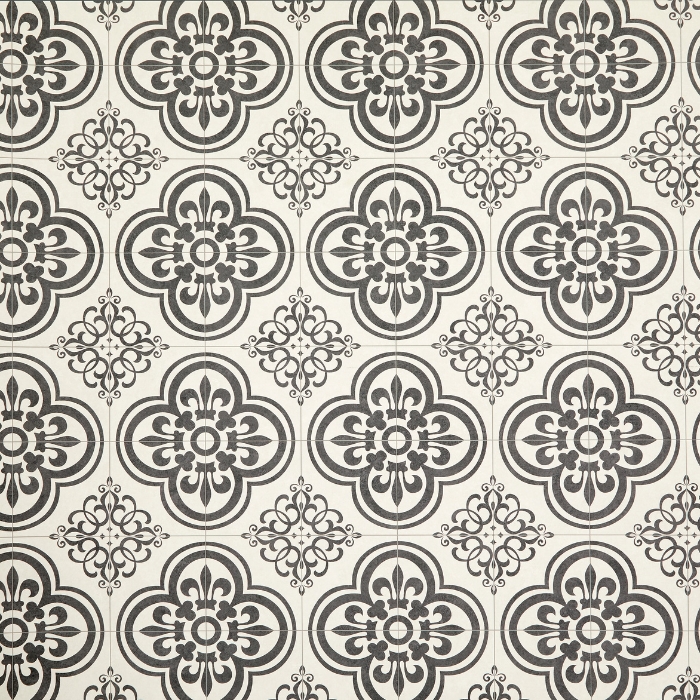

What Is Foam Backed Vinyl Flooring?
Foam-backed vinyl flooring is often seen as the budget-friendly sibling in the world of backed vinyl, but that doesn’t mean it’s without its strengths. Designed with a layer of lightweight foam beneath the vinyl surface, this type of flooring offers a softer sensation underfoot compared to regular vinyl and is typically lighter and easier to handle during installation.
That foam layer provides cushioning and insulation, which can make it a good option for bedrooms, low-traffic areas, or even quick refreshes where budget is key. But it's worth noting: foam isn’t as tough or durable as felt. It’s more prone to compression over time, which means heavy furniture or high footfall can leave lasting marks or dents.
In terms of installation, foam-backed vinyl usually needs to be fully stuck down with an adhesive, as it lacks the natural grip and stability that felt-backed vinyl flooring offers. It also requires a smoother, more even subfloor to avoid visible imperfections peeking through. For more guidance on preparing your subfloor, check out our expert advice on installing sheet vinyl over floorboards.
Here’s a quick snapshot of what you get with foam backing:
- Lightweight and easy to cut
- Affordable per m²
- Very good sound insulation
- Requires more precise subfloor prep for a smooth finish
- Highly water-resistant surface (with sealed edges)
- Well-suited to everyday use in bedrooms, guest rooms, or lighter-traffic areas
In short, it can be a good solution, but it’s not always the most hard-wearing choice. For rooms that see a lot of action (think kitchens, hallways, or busy family zones), you might want something with a bit more staying power.
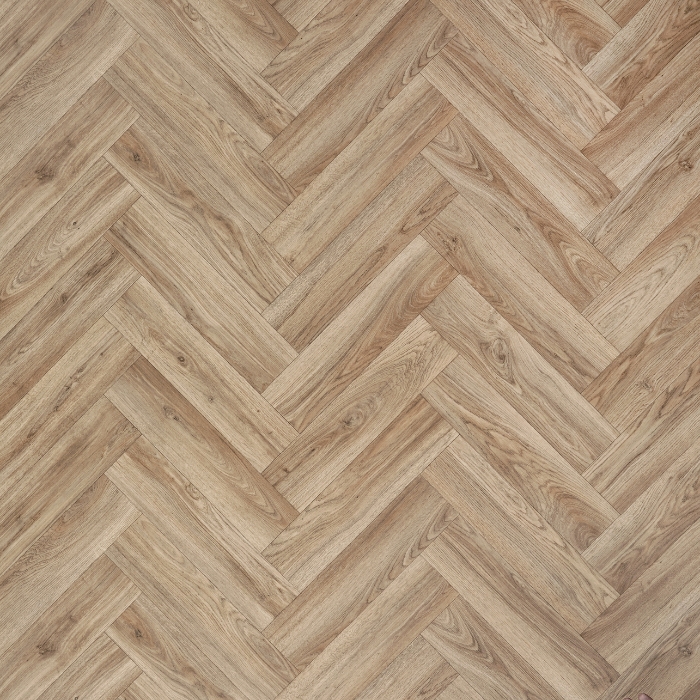

Felt Backed vs Foam Backed Vinyl: Side-by-Side Comparison
So, how do you choose? The truth is, both options have their place depending on what your space needs and how you use it. Maybe you want something quick and affordable for a spare room, or maybe you’re after a floor that can take on muddy paws and endless foot traffic.
To help you weigh it up, here’s a side-by-side breakdown of each backing type to show how they compare when it comes to comfort, durability, installation, and everything in between.
| Feature | Felt Backed Vinyl | Foam Backed Vinyl |
|---|---|---|
| Underfoot Comfort | Cushioned and supportive underfoot; offers a slightly denser, more stable feel | Soft and springy underfoot; offers excellent comfort for spaces where you stand for longer periods |
| Sound Insulation | Good sound reduction; felt layer helps dampen footfall noise better than unbacked vinyl | Very effective sound absorption; ideal for upstairs rooms or flats where noise reduction is a priority |
| Durability | Depends on wear layer thickness, material quality, and construction. Felt backing adds stability | Also durable when made with a strong wear layer; may compress under heavy items but performs well overall |
| Slip Resistance | Typically rated R10 – slip resistant and suitable for kitchens and bathrooms | Varies by product; many meet R9 or R10 standards – always check the slip rating on the spec sheet |
| Installation | Can be loose-laid in smaller rooms or installed with spray adhesive for added security | Usually requires full adhesive for stability, especially in larger or high-traffic areas |
| Subfloor Tolerance | More forgiving – helps mask minor imperfections in the subfloor | Requires a smooth, level subfloor – softer backing may reveal lumps or bumps |
| Moisture Resistance | Water resistant surface; edges should be sealed to prevent water reaching the felt backing | Water resistant surface; synthetic foam is less likely to absorb moisture beneath |
| Best For | Busy family homes, high-traffic zones like kitchens, hallways, or living spaces | Bedrooms, guest rooms, and budget-friendly upgrades in low-traffic areas |
| Price per m² | Typically higher upfront cost per m2, but offers better performance and longevity | Lower upfront cost per m2, though cheaper products may have a thinner wear layer and shorter lifespan |
At the end of the day, the right flooring choice comes down to your home and lifestyle. Felt offers more stability and is great for high-traffic areas, while foam delivers extra comfort and sound absorption, making it ideal for everyday living spaces.
That said, if you want something that delivers on performance and style? Felt-backed vinyl (especially from our PopArt range!) is an excellent choice.
Product Spotlight: PopArt Felt Backed Vinyl Flooring
If you’ve ever wanted your floor to be more than just a neutral backdrop, this is your moment. Enter PopArt vinyl flooring, our exclusive collection that’s bursting with personality, art deco retro flair, and modern practicality.
Inspired by the bold patterns and colours of the 1960s (think Warhol vibes with a contemporary twist), PopArt is designed to make a statement. Geometric circles, vibrant hues, and a real sense of fun - all built on the sturdy, forgiving foundation of felt-backed vinyl flooring.
But this isn’t just about looks. The backing adds comfort underfoot, cushions sound, and smooths out minor bumps in your subfloor, making it just as practical as it is eye-catching. You can loose lay it in low-traffic spaces or use spray adhesive in busy areas like kitchens and hallways for extra grip.
Here’s where PopArt really shines:
- Kitchens: Pair bold flooring with sleek cabinets for a show-stopping contrast
- Bathrooms: Water resistant, slip resistant, and full of personality
- Hallways: Make a big first impression with circular patterns that pop
- Living rooms: Let your floor do the talking and keep the rest of the area simple (or go all-in on colour; we’re not here to judge!) Discover the transformative power of bold and vibrant flooring.
And because it’s exclusive to Best4Flooring, you won’t see it popping up in your neighbour’s home any time soon. From pastels to high-energy vibrance, there’s a colour combo for every kind of statement-maker.
Ready to go bold? Explore the PopArt range and find your perfect match.
Installation Tips
When it comes to fitting vinyl flooring, the backing type makes a big difference, not just in how the floor performs but in how much effort it takes to install. The good news? Both options are relatively DIY-friendly, but each comes with its own quirks. Find more tips in our handy DIY guide.
Installing Felt Backed Vinyl
One of the biggest perks of this flooring is how forgiving it is. Because of the cushioning bottom layer, it can hide small imperfections in the subfloor, so if your surface isn’t perfectly flat, you’ve got some breathing room.
You can often loose lay in smaller or low-traffic areas. As long as your subfloor is clean, dry, and flat, the floor’s weight and grip usually keep it in place without any need for adhesive. For larger rooms or higher traffic spaces, a quick mist of spray adhesive around the perimeter or joins adds extra stability without turning it into a full glue-down job.
Top tips:
- Always let the vinyl acclimatise for 24 hours
- Use a utility knife and a straight edge for clean cuts
- If using adhesive, follow the product instructions - too much can cause ridges, too little, and it might shift
- Make sure to seal the edges to avoid water seeping underneath
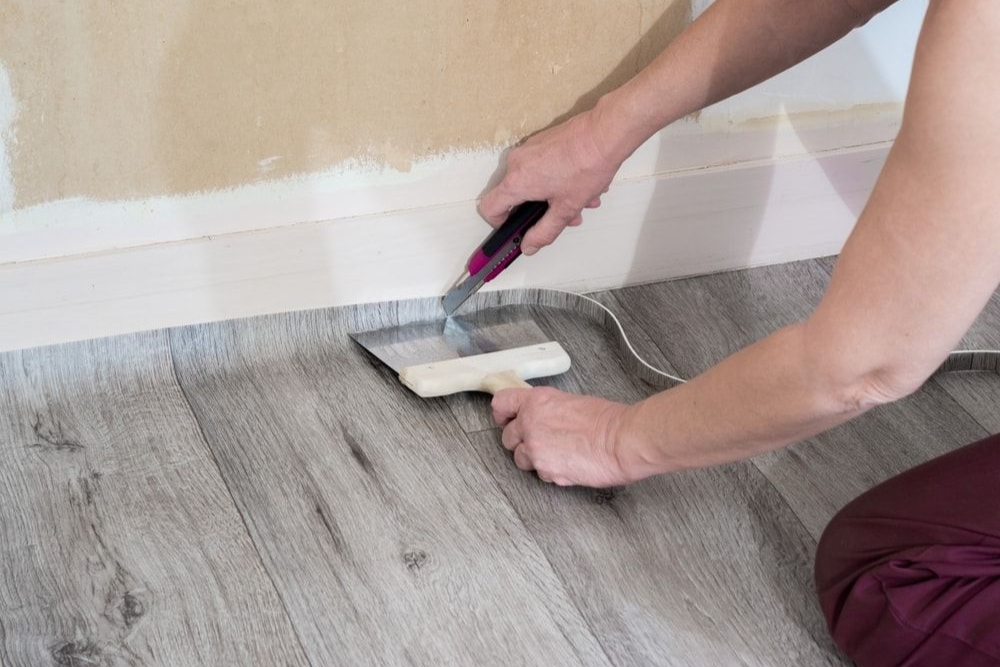

Foam-backed vinyl tends to need a bit more care. It's softer, so it doesn’t mask subfloor imperfections as well, and any lumps or bumps underneath are more likely to show through over time.
It also lacks the same natural grip as felt, so you’ll usually need a full adhesive spread to secure it properly. This makes it slightly trickier for DIY installs and less suitable for floating or loose-lay techniques.
Top tips:
- Essential - prep the subfloor meticulously - aim for perfectly flat
- Stick it down using the correct vinyl adhesive for foam-backed products
- Avoid dragging furniture across it, especially during fitting
- Make sure to seal the edges to avoid water seeping underneath
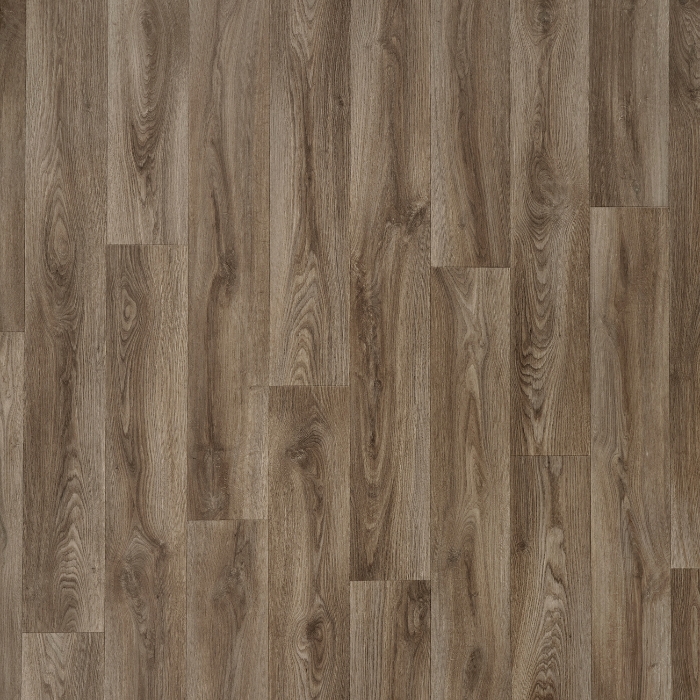

Final Verdict: Which Is Right for You?
If you’re weighing up your options, here’s the bottom line.
Felt-backed vinyl is the more versatile and durable option. It offers extra comfort, cushions sound, and handles everyday wear without breaking a sweat. It’s especially well-suited to busy homes and high-traffic zones, and the fact that you can often install it without full adhesive is a real plus.
Foam-backed vinyl, on the other hand, is a good fit for lighter-use areas or more budget-conscious projects. It’s lightweight and affordable, but it does need a bit more care with installation and won’t stand up quite as well over time.
If you're looking for something that delivers on both performance and personality, our exclusive PopArt range takes it to the next level. With bold design, built-in comfort, and long-lasting practicality, it’s the kind of flooring that doesn’t just blend in, it transforms a room.
If you're looking for something more neutral, our extensive range of sheet vinyl covers everything you'd expect from marble to oak effect, tile mosaic effect, stylish herringbone - everything in between. And if sheet vinyl isn’t quite the right fit? We’ve also got you covered with a wide range of LVT, laminate, carpet, and more. Whatever your area, style, or budget, you’ll find the perfect match at Best4Flooring.
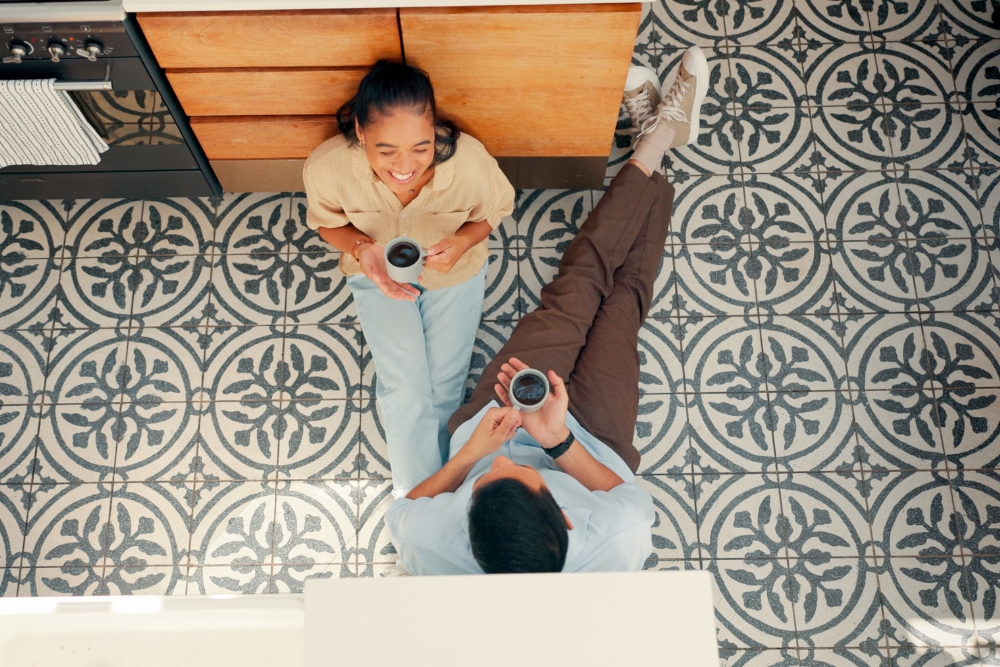

FAQs
Does sheet vinyl need underlay?
No, that’s one of the perks. The bottom layer acts as a built-in underlay, so in most cases, you can lay it straight over a flat, dry subfloor with no extra layers required.
What is the best backing for vinyl flooring?
For all-around performance, especially in busy family homes, felt backing often wins. It’s durable, low maintenance, slip-resistant, and holds up well in environments like kitchens and bathrooms where water resistance is key.
What’s the difference between lino and vinyl flooring?
Traditional linoleum (aka lino) is made from natural materials like linseed oil and cork, while vinyl flooring is synthetic and more commonly used today. Vinyl tends to be more water resistant, affordable, and easier to install, especially when it comes to modern types.






